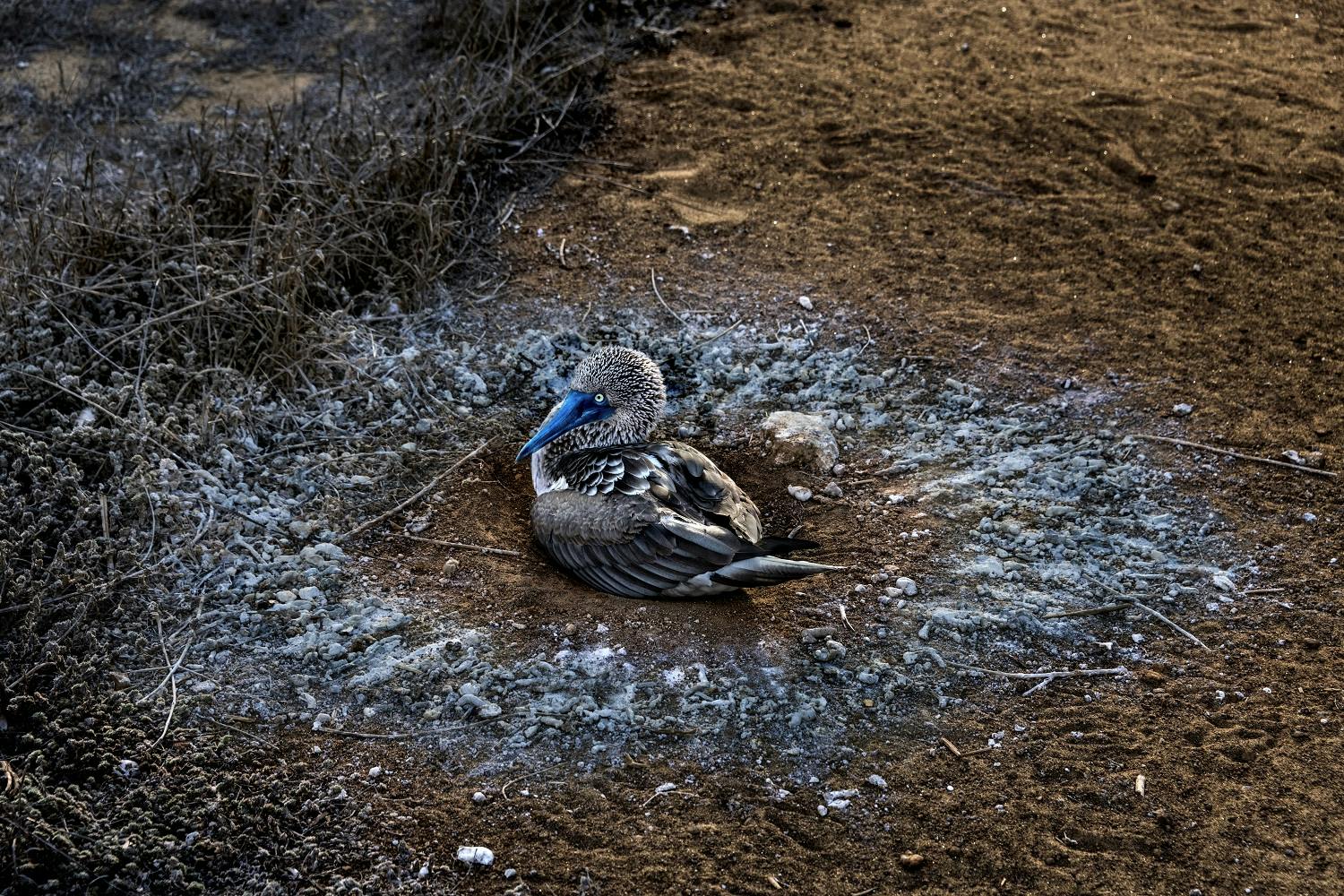Steve McCurry’s Journeys to Animal Kingdoms: 7 Stunning Images of Wildlife
Renowned visual storyteller Steve McCurry has traveled the world for more than 30 years, across countless frontiers, both natural and man-made. Through it all, he has captured unique moments with his camera, telling a story of place through his images of wildlife, people and places.
McCurry has been traveling with Silversea for two years. He has turned his camera onto wildlife, tracking animals through jungles, on glaciers, across deserts, and to remote islands—to capture images of the earth’s most magnificent creatures for travel lovers to behold, leaving them vital, intact, at home in the wild.
Gorillas: Virunga Mountains, East Africa
The mountain gorillas of Virunga in East Africa are endangered, with only about 1,000 remaining in the world. McCurry traveled to this UNESCO World Heritage Centre to visit these gentle herbivores. Mountain gorillas live in families, led by a dominant male with a distinctive silver stripe of fur giving him the moniker “silverback.” They forage from dawn to dusk, with adult males consuming up to 75 pounds (34 kilograms) of vegetation per day. Though in recent years the mountain gorilla population has slowly increased to move from “critically endangered” to “endangered,” their numbers are still low and under threat from poachers. McCurry knows that getting to see them in their natural habitat is an immense gift. “We must always maintain a sense of gratitude while observing these creatures,” McCurry says. “Although they’re still here with us now, we just don’t know what will happen in the future.”
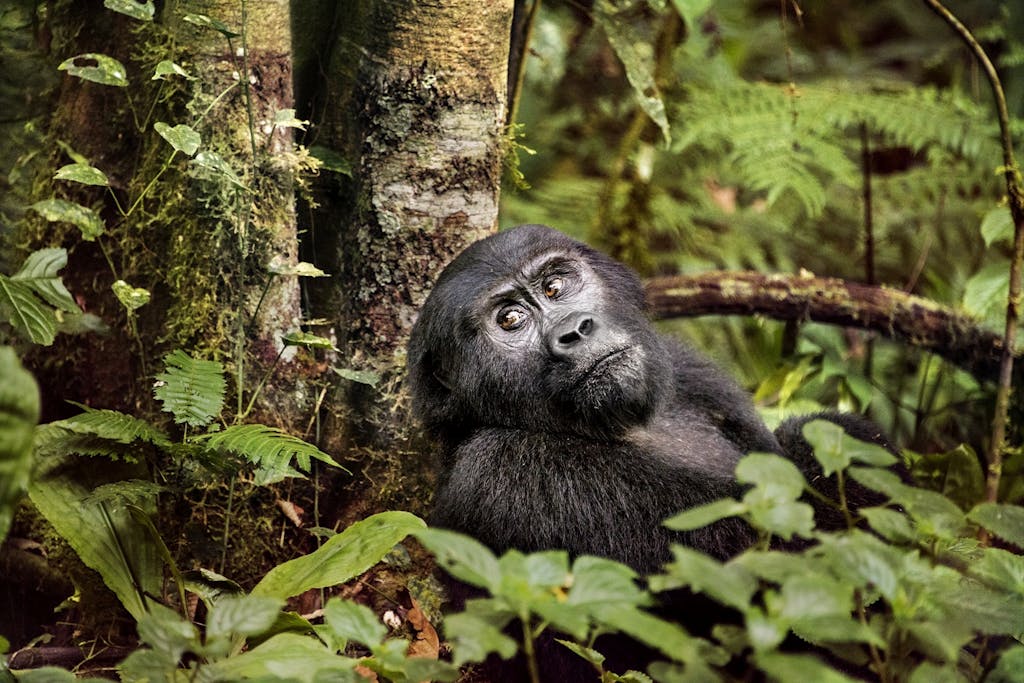
Macaques: Thermal Pools in Nagano, Japan
The mountainous region of Nagano, Japan, is forbidding in winter, with its sharp cliffs and deep snow that lasts a third of the year. The smell of sulfur is sharp in the air, and steam rises from natural hot spring pools where dozens of Japanese macaques bathe. The wild troop uses the water, heated by volcanic groundwater, to stave off the cold during the long, harsh winters. The macaques, often called “snow monkeys,” tolerate humans, but make no mistake: this is no zoo. There are no fences. These are wild animals, and though they may approach quite close, they are not receptive to human touch.
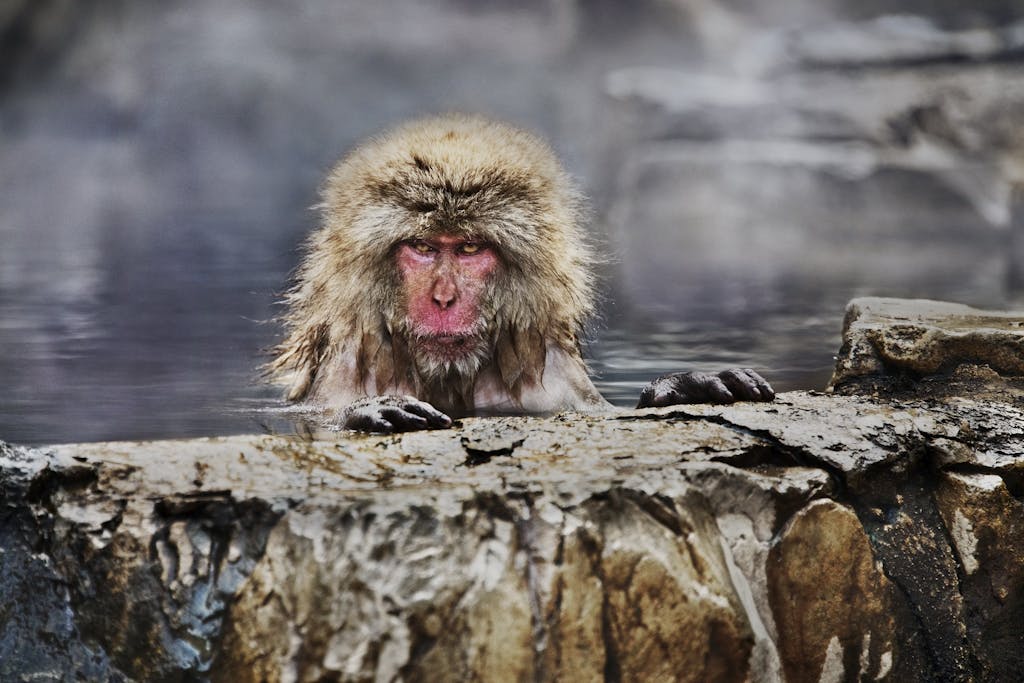
Kangaroos: Australia
Kangaroos are common in Australia, outpacing the human population nearly two to one. The country’s iconic marsupial bounds across the landscape on powerful legs, and is an essential symbol for Australia’s aboriginal people. McCurry journeyed into the outback to capture images of these fascinating creatures.
Steve McCurry
“I wait for a revealing moment to capture. It’s important to be attentive and stay patient. As a photographer, I’m always looking for the situation that tells the best story.”
McCurry says that every visual storyteller has his or her own style and perception. “I wait for a revealing moment to capture. It’s important to be attentive and stay patient. As a photographer, I’m always looking for the situation that tells the best story.” Here he catches a tender portrait of a joey snugly ensconced in its mother’s pouch. Joeys spend the first six months of life in the pouch before making short forays out into the world. They leave the pouch for good after 8 to 12 months.

Walruses: Svalbard, Norway
A trek to the remote archipelago of Svalbard – an unincorporated area of Norway in the Arctic Circle – reveals an austere and beautiful landscape, where the wildlife population looms large and human settlements are small. There, McCurry encountered these giants of the north, the Atlantic walrus. Weighing up to 3,300 pounds (1,500 kilograms), these social creatures congregate in groups both on land and at sea. Mating occurs between December and February, and after a 15-month gestation period, calves are born, weighing between 100 and 190 pounds (45 and 85 kilograms). Though 50 years ago the walrus population was hunted almost to extinction, today the species is totally protected and about 2,000 walruses make Svalbard their home.

Giant Tortoises (as well as Blue-footed Boobies, pelicans, seals, iguanas): Galapagos Islands
The Galapagos Islands offer a seemingly endless exhibition of biodiversity, ranging from Blue-footed Boobies to pelicans, seals and iguanas, in a setting of stunning natural beauty, with lava flows, cacti and rock formations. “Galapagos is a one-of-a-kind destination that helps you imagine what the world was like one million years ago,” says McCurry. “Going there almost feels like time travel to a pre-historic era because it’s still practically untouched.” This is never more evident than when encountering the majestic and ancient giant tortoise that can live to be 100 years old. It is now found on only two island groups in the world. “We never get to see many of these native species at home,” McCurry continues. “But in the Galapagos, we can observe them at close range in their natural environment.”
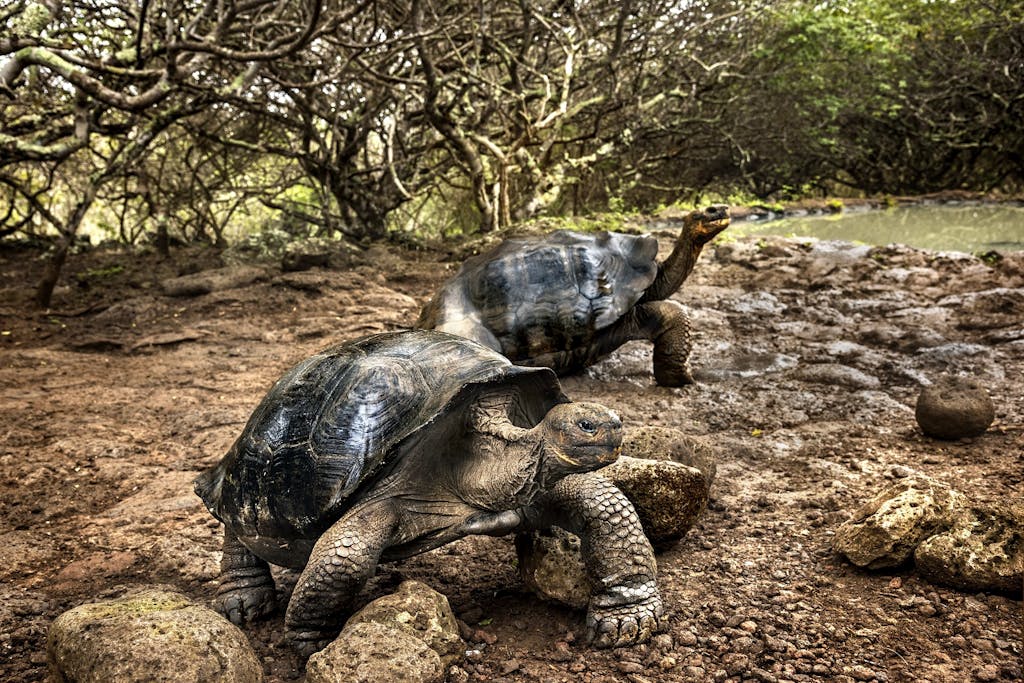
Eagles: Mongolia
The practice of nomadic eagle hunting has existed for a millennium, and today only about 300 eagle hunters remain. The highest number of hunters live in the Altai Mountains in far western Mongolia, traveling through the snow-capped heights, across glaciers and barren steppes on horseback, searching for sustenance. The Kazakh nomads work with golden eagles that they train and bond with from the bird’s adolescence, to hunt for foxes and hares against the snowy backdrop. It’s an arresting landscape, not easily accessed. McCurry made the trek to the place with no roads to document the incredible bond between man and bird.
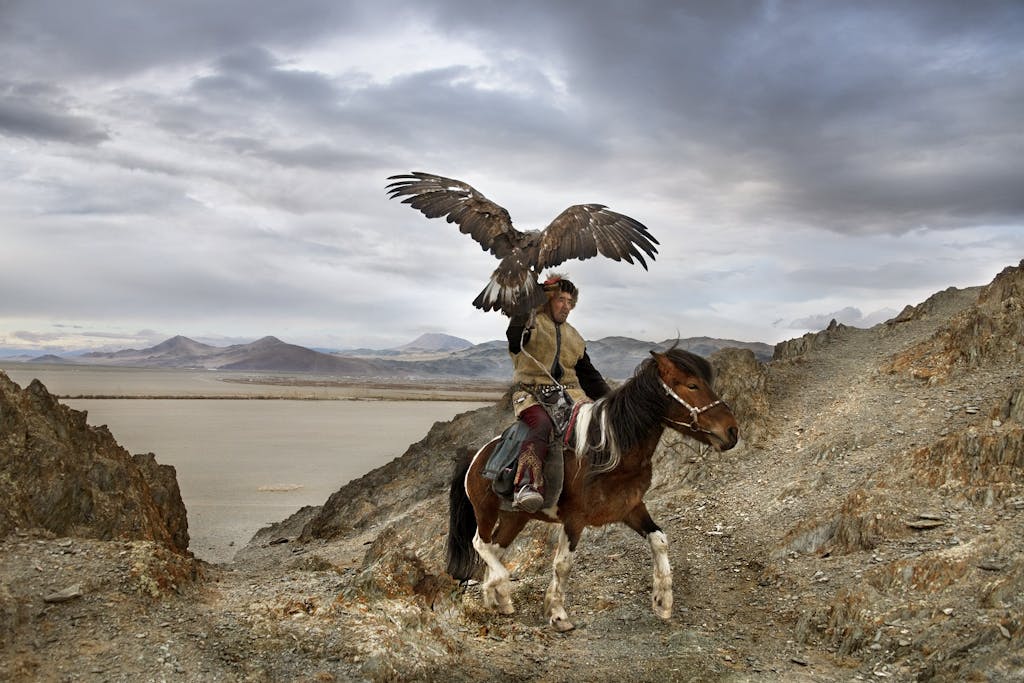
Horse Racing: Easter Island
“I’m constantly looking for a moment when the light, and the composition come together to make a successful picture,” says McCurry. Rapa Nui, also known as Easter Island in English, is rich with scenes begging to be caught and immortalized. The remote island off the coast of Chile deep in the Pacific Ocean is home to thousands of wild horses that run free over the island. Once a year, at the two-week Tapati Festival, Rapa Nui natives race the horses—human and animal as one under the bluest of skies.
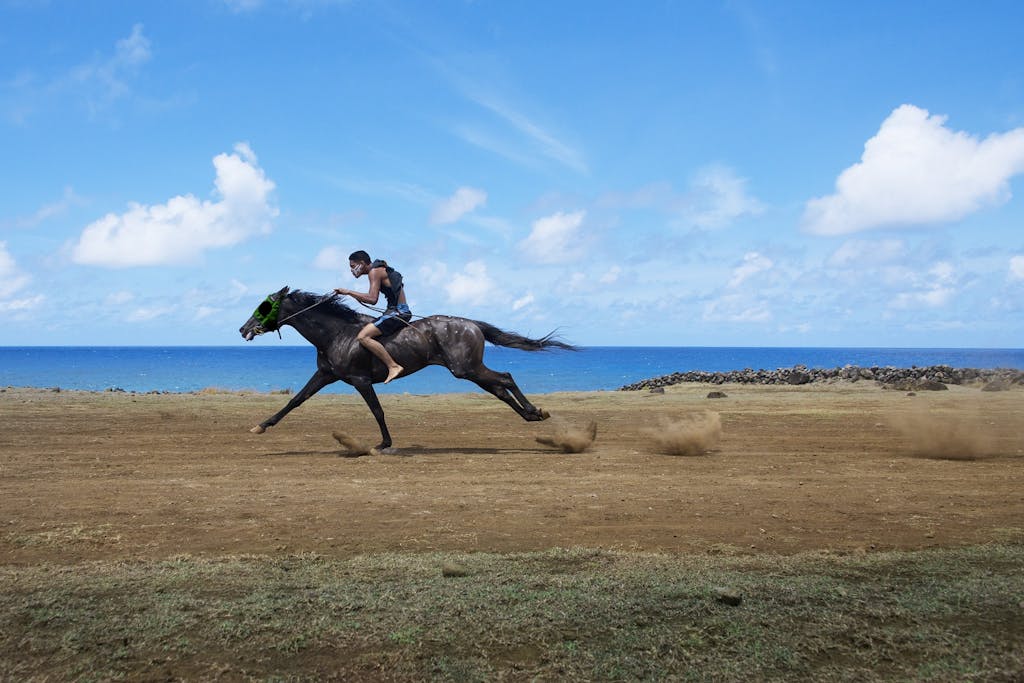
McCurry’s travels have deepened his belief that everything is interconnected. And the best wildlife photography comes from looking for and reflecting that interconnection.
